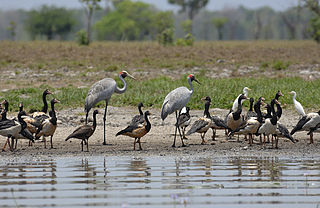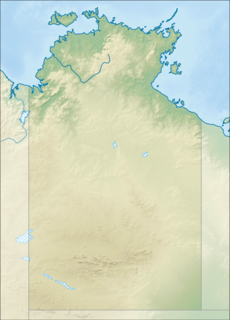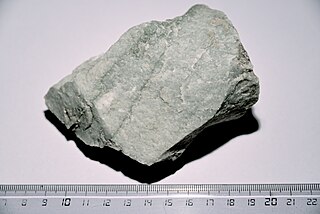This page is based on this
Wikipedia article Text is available under the
CC BY-SA 4.0 license; additional terms may apply.
Images, videos and audio are available under their respective licenses.
The Makarrwanhalmirr (Mugarganalmiri) are an indigenous Australian clan-people of the Northern Territory. They are not registered as a separate tribe in Norman Tindale's classic 1974 survey.
The Nguburinji, also written Ngoborindi, were an Indigenous Australian people who traditionally lived in northwest Queensland south of the Ganggalida, north of the Injilarija, west of the Mingin and east of the Waanyi.
The Jarildekald (Yarilde) are an indigenous Australian people of South Australia originating on the eastern side of Lake Alexandrina and the Murray River.
The Yawijibaya, also known as the Jaudjibaia, were an indigenous Australian people of the Kimberley region of northern Western Australia.
The Djinba are an indigenous Australian Yolngu people of the Northern Territory.
The Yan-nhaŋu, also known as the Nango, are an indigenous Australian people of the Northern Territory. They have strong sociocultural connections with their neighbours, the Burarra, on the Australian mainland.
The Dangu are an indigenous Australian people of Arnhem Land, in the Northern Territory. They are, according to Norman Tindale, to be carefully distinguished from the Djaŋu.
The Djaŋu, otherwise written as Djangu, are an indigenous Australian people of the area of Arnhem Land in Australia's Northern Territory.
The Dhuwal are an indigenous Australian people of Arnhem Land in the Northern Territory
The Ritharngu, also known as the Diakui, are an indigenous Australian people of Arnhem Land in the Northern Territory.
The Dalabon or Dangbon are an indigenous Australian people of the Northern Territory.
The Tjial were an indigenous Australian people of the Northern Territory who are now extinct.
The Unggarranggu, also traditionally transcribed as Ongkarango, are an indigenous Australian people of Western Australia.
The Ngombal, also known as the Ngumbarl, are an indigenous Australian people of Western Australia.
The Ngarlawongga, or more properly Ngarla, were an indigenous Australian people of the inland Mid West region of Western Australia. They are not to be confused with the Ngarla who live on the coast.
The Jeithi were an indigenous Australian people of the state of New South Wales.
The Gungorogone are an indigenous Australian people of the Northern Territory.
The Yindjilandji are an indigenous Australian people of the Northern Territory.
The Wadere were an indigenous Australian people of the Northern Territory.
The Marra are an indigenous Australian people of the Northern Territory.






